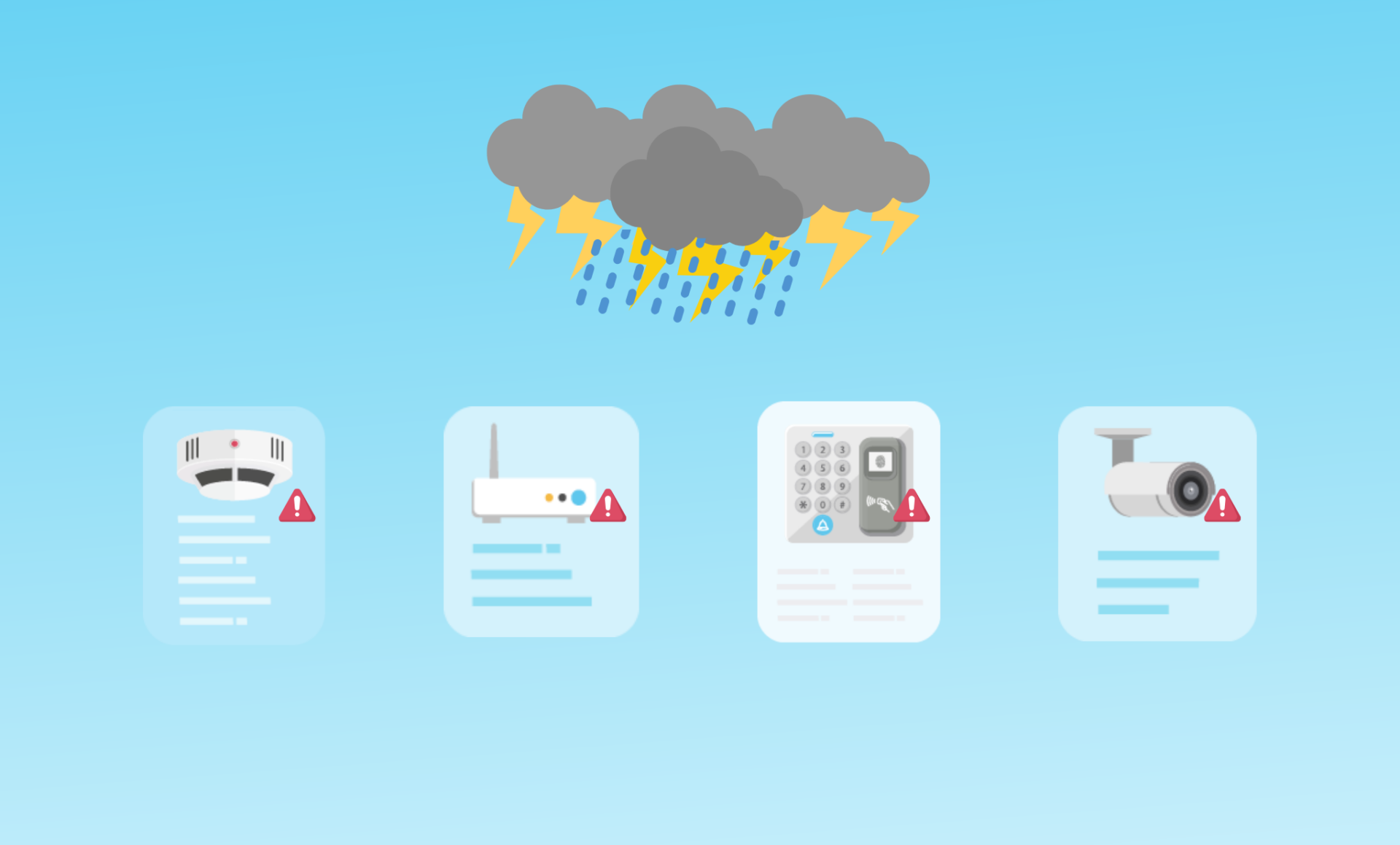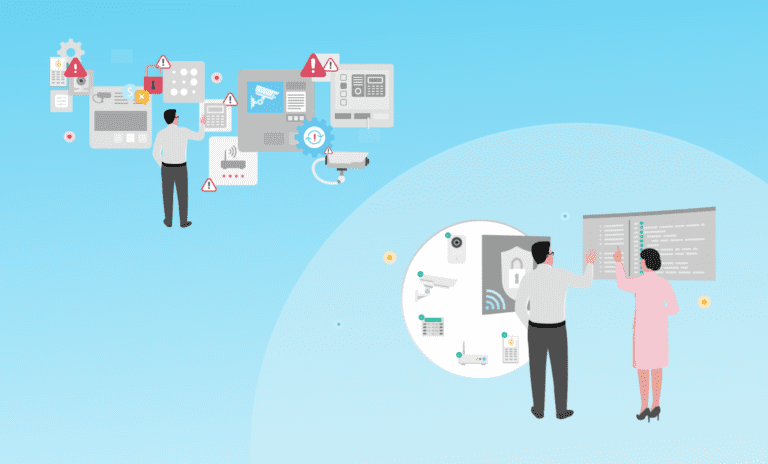
Extreme weather is becoming more extreme. Flooding, wildfires, hurricanes, extreme heat/cold, blizzards, tornadoes, earthquakes – these threats are here, and these threats are escalating. A recent Harvard Business Review report found that from mid-2020 to mid-2022, fire threats were up 150%, and extreme weather risks grew by 61%.
The high price tag of extreme weather
The exact number of deaths due to these unprecedented events is difficult to quantify, but fatalities are often a part of the equation.
This new reality can endanger businesses. Example: Hurricane Milton, which swept through Florida in October 2024, put 1.9 million businesses at risk, according to Night Dragon’s Physical Security Market Report.
There are also financial repercussions. This past year, the United States experienced 27 weather disaster events with damage costs of at least $1 billion each, resulting in an estimated total economic impact of $182.7 billion.
Concern about extreme weather is top of mind and isn’t going away. A recent survey that identified the top risks expected to dominate the global agenda through 2027 found extreme weather event claiming the No. 2 spot. It’s also expected to become the most pressing issue over the next decade.
What does this mean for physical security?
These environmental disasters can adversely impact an organization’s physical security posture. Devices can stop functioning, permanently or temporarily, due to power and connectivity disruptions. An additional complication: Technicians may not be able to physically access devices, hindering remediation. Without safeguards like working IP cameras, surveillance systems, and sensors, the door is open for opportunistic crimes like trespassing, looting, and vandalism.
In the words of Noah Price, International G4S Academy Director: “Climate change and natural disasters pose a significant threat to a company’s physical security operations. Most companies tend to be reactive, addressing security threats only after they’ve struck. It’s business critical that CSOs [Chief Security Officers] anticipate potential threats and prepare for them. No action or just reaction is not an option.”
Proactive physical security strategies are a must
What can organizations do before, during, and after a spell of extreme weather to protect their physical security devices?
Assess the risks
Which cameras, access control points, and alarms are most at risk from floods, high winds, or power outages? Use this information to fortify devices that could bear the brunt of extreme weather.
Stay on top of maintenance
Check your physical security devices on a regular basis. Keep firmware and software updated to prevent vulnerabilities.
Set up remote monitoring and remediation
You may not be able to get to your physical security devices. Remote capabilities can make all the difference.
Invest in backups
Don’t forget to test your failover systems and make sure they’re ready if need be.
Develop a recovery plan
Put strategies in place for quickly restoring operations and services. Having a clear chain of command can speed up response times during a crisis.
Train your team
Make sure your security and IT staff know the emergency protocol and their roles and responsibilities in a disaster.
Learn from each event
Every natural disaster is a learning opportunity. What did and didn’t work? How can you improve next time?
Be prepared
It’s important to spend time, resources, and money in preparation and recovery plans for extreme weather. As a recent article in Harvard Business Review points out, “The hurricane approaching your coastal HQ doesn’t care that there’s a recession looming.” Don’t bury your head in the sand – there will be more extreme weather events, and you want to do everything you can to keep your physical security devices up and running. Companies who invest now will realize the payoff later.




